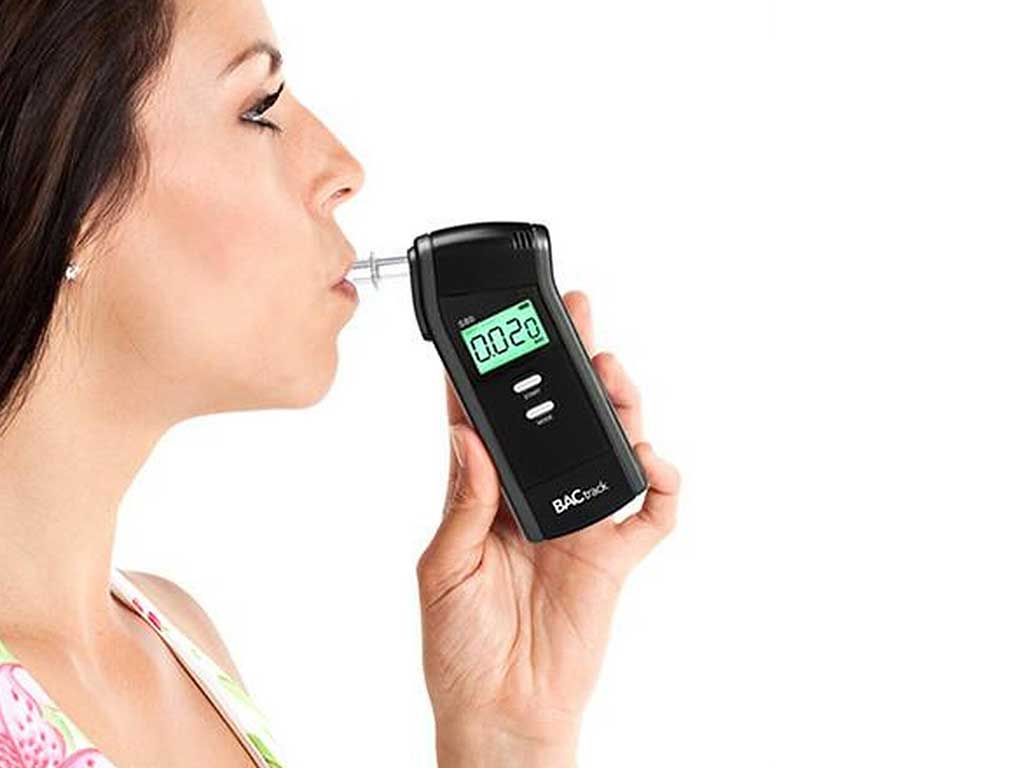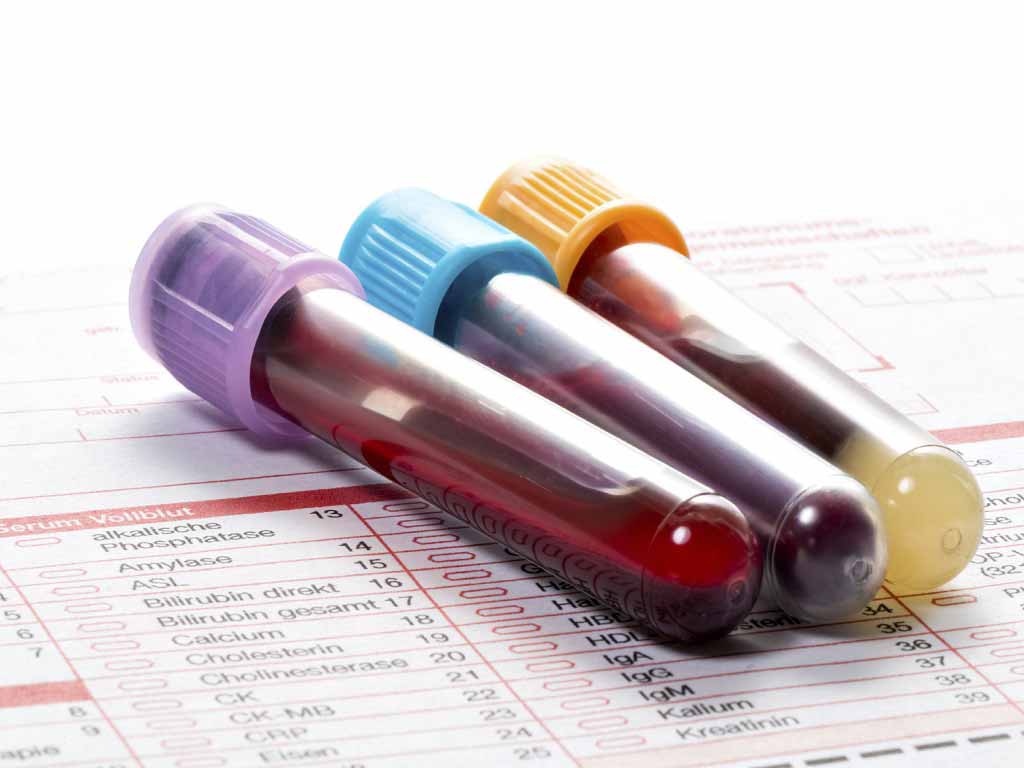Drug and Alcohol Testing Programs: Purpose and Types of Tests
19 October, 2023

Drug and alcohol testing programs are advantageous for individuals and the whole community. Its purpose is to identify those who have consumed drugs and alcohol and determine if they have substance use disorder. This is helpful for healthcare practitioners to intervene and prescribe treatments. Additionally, companies screen for alcohol and drug use to mitigate legal risks and avoid accidents. The different testing methods are saliva, urine, breath, hair, and blood tests.
Substance use disorder is a medical condition that affects many individuals. It increases the risks of several health conditions like liver diseases, insomnia, depression, and brain damage. It also increases risky behaviours such as drink driving and violence. These result in injuries and death. Therefore, testing programs are essential to prevent those risks and support their rehabilitation. This article will present the purpose of substance use tests and the different testing methods.
Purpose of Drug and Alcohol Testing Programs
Drug and alcohol testing programs benefit individuals and contribute to community safety and well-being. Foremost, it allows health professionals to identify those with substance use disorder. In some cases, it helps them provide early intervention. Additionally, it helps them form treatment plans for the person. Regular testing also aids in monitoring the progress of their recovery and preventing relapse from occurring.
Additionally, these screenings help in the workplace by helping maintain a safe work environment. These tests allow workplaces to determine the causes of incidents, prevent them, and support their employees. This is essential in high-risk industries to protect everyone in the company and those in the vicinity.
Furthermore, drug and alcohol screenings enable law enforcement determine participants in risky behaviours such as drink driving during roadside tests. The results of tests provide evidence for legal hearings. Moreover, regular testing is done for those on parole, probation, or pre-trial release. It is implemented to ascertain the individual is following sobriety guidelines.
Symptoms of Substance Misuse
Many symptoms indicate alcohol and drug misuse. It is vital to be aware of them to identify substance use disorder. These are some of them:
- Hard-to-ignore urges to consume drugs or alcohol.
- Lessened effects of alcohol or medication that lead to increased intake.
- Regular overconsumption of substances.
- Mood instability and irritability, leading to strained relationships at home and work.
- Appearance of withdrawal symptoms when the person reduces or stops consumption.
- Engaging in risky behaviours such as drink driving and violence.
- Failing to fulfil responsibilities at school, work, or home.
- Disregard for adverse mental and physical effects of substance misuse.

Drug and Alcohol Testing Programs: Urine, Saliva, and Breath Tests
Of the several drug and alcohol testing programs, some methods are less invasive than others. Firstly, urine tests are the standard method of detecting alcohol and drug use. The urine samples hold traces of substances for up to 24 hours. After heavy alcohol consumption, this test may find traces of liquor for up to 72 hours. It can trace metabolites of amphetamines, benzodiazepines, opiates, cocaine, and marijuana (THC).
Secondly, saliva swab tests can detect substances used in the last 12 hours. A testing officer collects saliva samples with a swab stick, which gathers samples inside the cheek or under the tongue. It detects various substances, including liquor, phencyclidine (PCP), methamphetamine, and THC.
Lastly, the breath test measures the Blood Alcohol Concentration (BAC) level of an individual. It uses sensors that interact with the alcohol in the breath sample. The interaction causes a chemical reaction that produces small electrical currents. Then, the number of currents reflects the amount of alcohol in the blood displayed on the device.
How to Use a Breathalyser
It is recommended to wait 15 to 20 minutes after alcohol consumption before using a breathalyser. To start, the person should use a clean and dry mouthpiece. Next, press the power button and wait for the device to warm up. Afterwards, the person must take a deep breath and continuously blow into the mouthpiece.
The device sends a signal when it is finished. Often, it is with a beeping sound. Then, the results should appear on the device. However, if there is an error, the individual only needs to wait a few seconds before redoing the test.

Drug and Alcohol Testing Programs: Blood and Hair Follicle Tests
Blood and hair follicle tests are some of the more expensive drug and alcohol testing programs. They also require an analysis by a laboratory to get the results, making them less common than the previous types. The blood test is one of the most reliable screenings for determining substance use. It is the most accurate test and is often used as evidence for legal proceedings. Generally, it has a detection window of 6 to 12 hours.
Blood tests can detect use of amphetamines, barbiturates, THC, cocaine, oxycodone, and methadone. Moreover, PEth tests can detect ethanol biomarkers within two to four weeks of last consumption. Another blood alcohol test is the CDT test, which identifies the protein transferrin in the blood sample.
Meanwhile, hair follicle tests offer the lengthiest detection window at 90 days. It also detects drugs like ecstasy, THC, PCP, and cocaine. However, it does not show substance use from the past seven days due to the nature of hair growth.
Collecting Samples for Blood and Hair Follicle Tests
Collecting blood samples is an invasive process. It typically requires a trained medical professional to use a small needle to collect blood from the arm. For a PEth test, they need to prick the finger to get the blood samples. During this, the patient may feel a stinging sensation.
For hair follicle tests, collectors gather 100 to 200 strands of hair. The hair is usually collected in different parts to avoid creating bald patches. The required hair length for a sample is at least 1.5 inches. For the most accurate analysis of hair samples, lab technicians use gas chromatography and mass spectrometry (GC/MS).
Conclusion
Several methods of drug and alcohol testing programs are used to determine substance use. They vary in detection windows, substances detected, and accuracy of the results. Some tests may produce false-negative or false-positive results. Urine, saliva, and breath tests are often used for preliminary screenings. Then, blood tests are done to ascertain the accuracy of the previous results. These tests provide data for treatment plans and evidence for legal proceedings.
These tests detect alcohol, prescription medications, and illicit substances like cocaine and marijuana. All of these can cause impairment once misused by the individual. Thus, it is vital to recognise the symptoms of substance abuse disorder. To help monitor alcohol intake, some may benefit from owning a personal breathalyser. BACtrack breathalysers from Breathalysers Australia are reliable and accurate for testing BAC levels. Furthermore, they are convenient and portable for easy use in various settings.






























